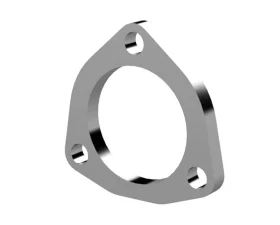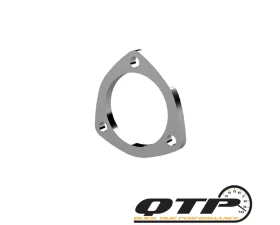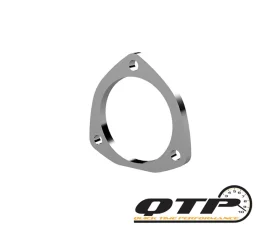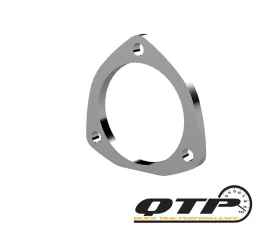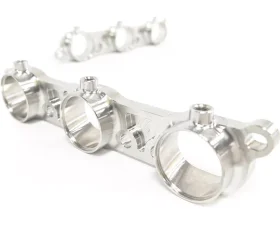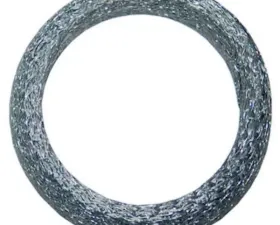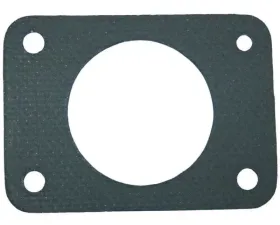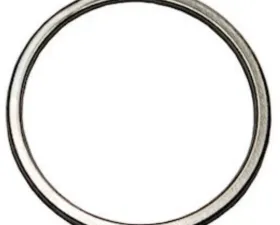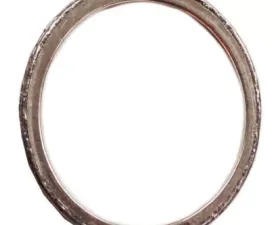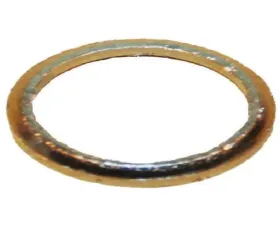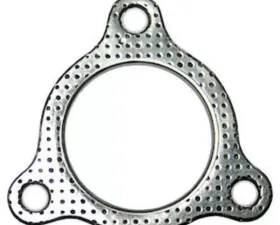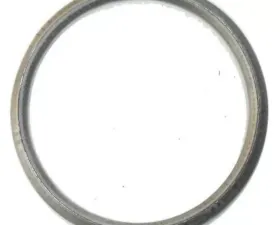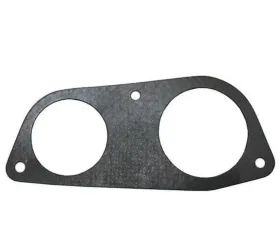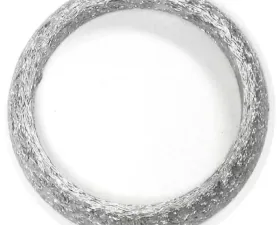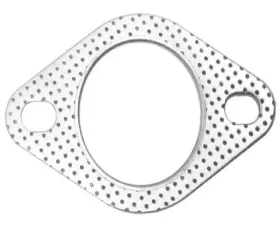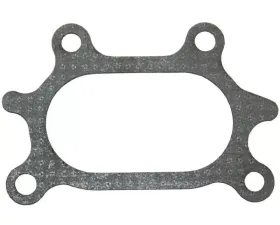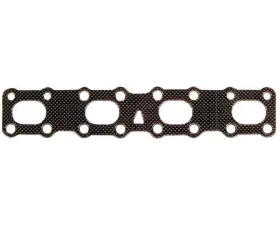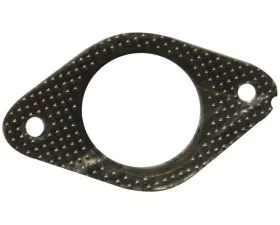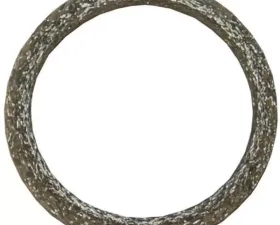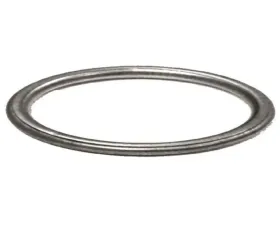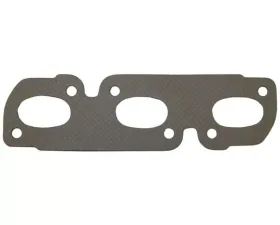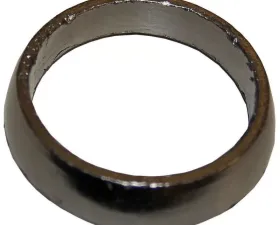Flanges
Flanges for Performance and Custom Applications - Vivid Racing. Explore our extensive selection of high-quality flanges at Vivid Racing, designed for performance and custom applications. Our flanges are perfect for enhancing your vehicle's exhaust system, turbo setup, or any custom fabrication project. Shop now for durable, precision-engineered flanges that meet your automotive needs!
AMS Performance Alpha R35 GTR Billet Exhaust Manifold Flange Kit Nissan VR38DETT 2009+
When it comes to exhaust systems, there can be a complex range of parts for which it is important to understand their function. An exhaust flange is a device used to attach an exhaust pipe to an exhaust manifold or other piece of exhaust pipe. The flange is commonly designed to “sandwich” an exhaust gasketbetween the exhaust manifoldand pipe. The exhaust flange is manufactured to an exact position and angle to eliminate the chance of any exhaust leaks when tightened. Modern exhaust systems nowadays use a ball-type socket that gets rid of the need for a gasket as the flange tightens against a preformed pipe to create a seal that is leak-proof.
Nearly all types of exhausts from manifolds totubular headers incorporate theexhaust flange in some form or another to prevent exhaust leaks. Some versions of the flange utilize something referred to as a donut gasket to help in sealing the system.The donut gasket is a round gasketthat uses a flat and smooth center hole to ride solidly on the exhaust pipe. The outside diameter of this particular gasket is manufactured with a slight angle on each side that is embodied into the flange on the manifold and pipe itself. As the exhaust flange is tightened, the donut gasket is drawn into the flange and creates a solid seal that contains the exhaust sound, fumes and heat.
It is important to note that the exhaust flange is in a very vulnerable location. Therefore, you may find that it gets damaged easily. If you do not repair the broken flange, you may experience some other problems along with the break. These problems can include the limiting the flow dynamic of the exhaust gasses, and even damaging the ground on which your car drives.

.jpeg?q=90&p=thumb&w=200&h=200)
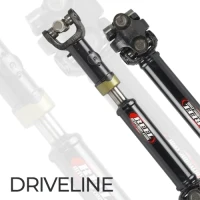
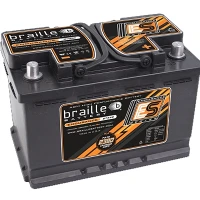
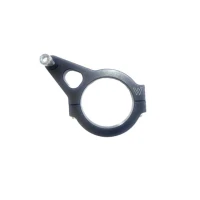




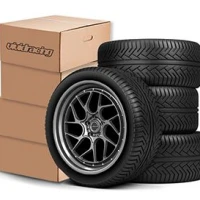

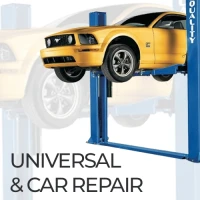

.jpeg?q=90&p=thumb&w=40&h=40) Brakes
Brakes  Driveline
Driveline  Electronics
Electronics  Handlebars & Controls
Handlebars & Controls  Package Deals
Package Deals  Wheel Accessories
Wheel Accessories  Wheels by Vehicle
Wheels by Vehicle  Tools and Maintenance
Tools and Maintenance  Universal & Repair
Universal & Repair  Vivid Racing Gear
Vivid Racing Gear 